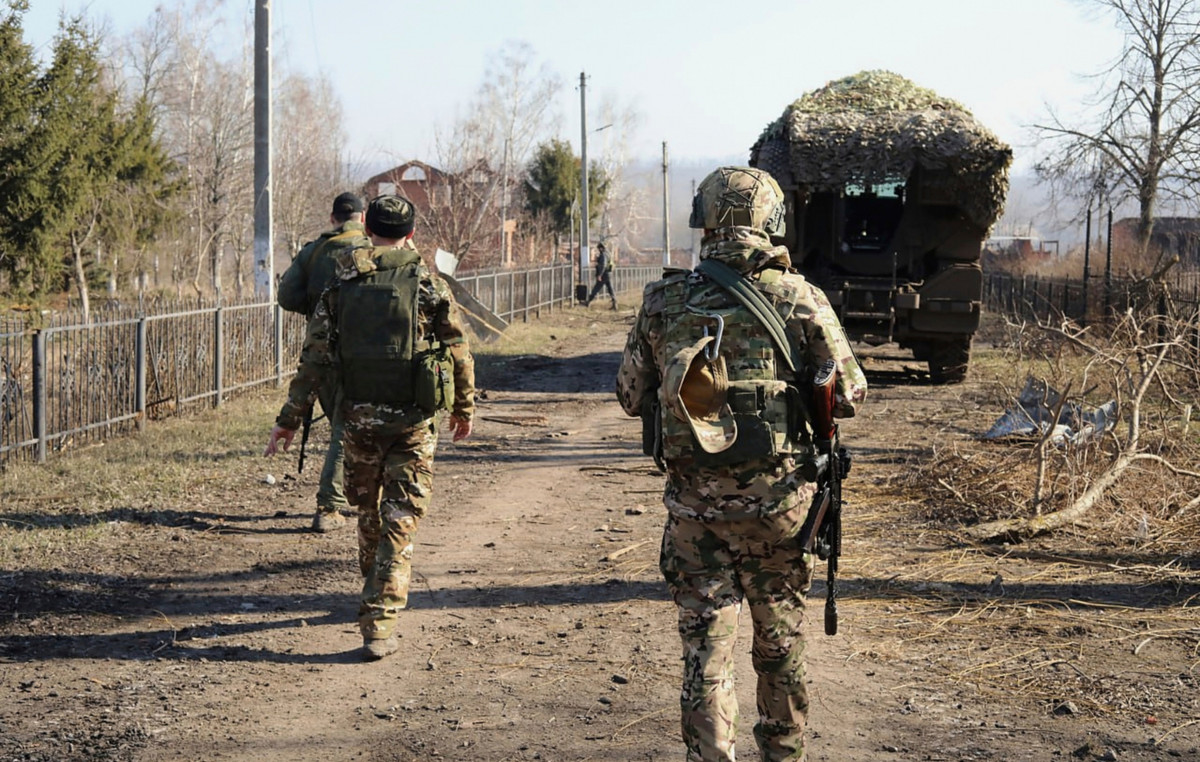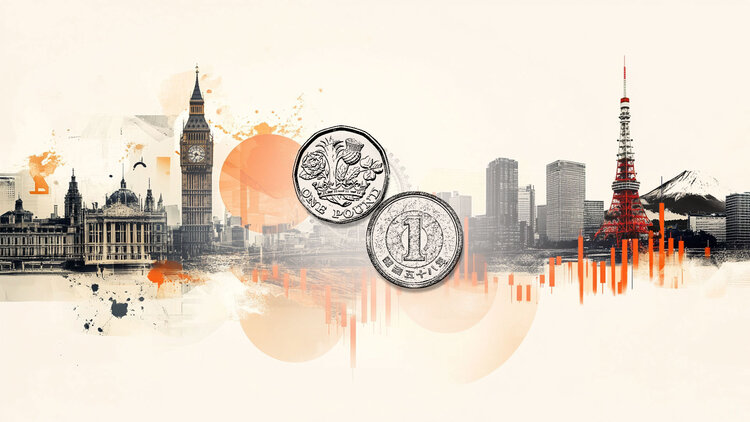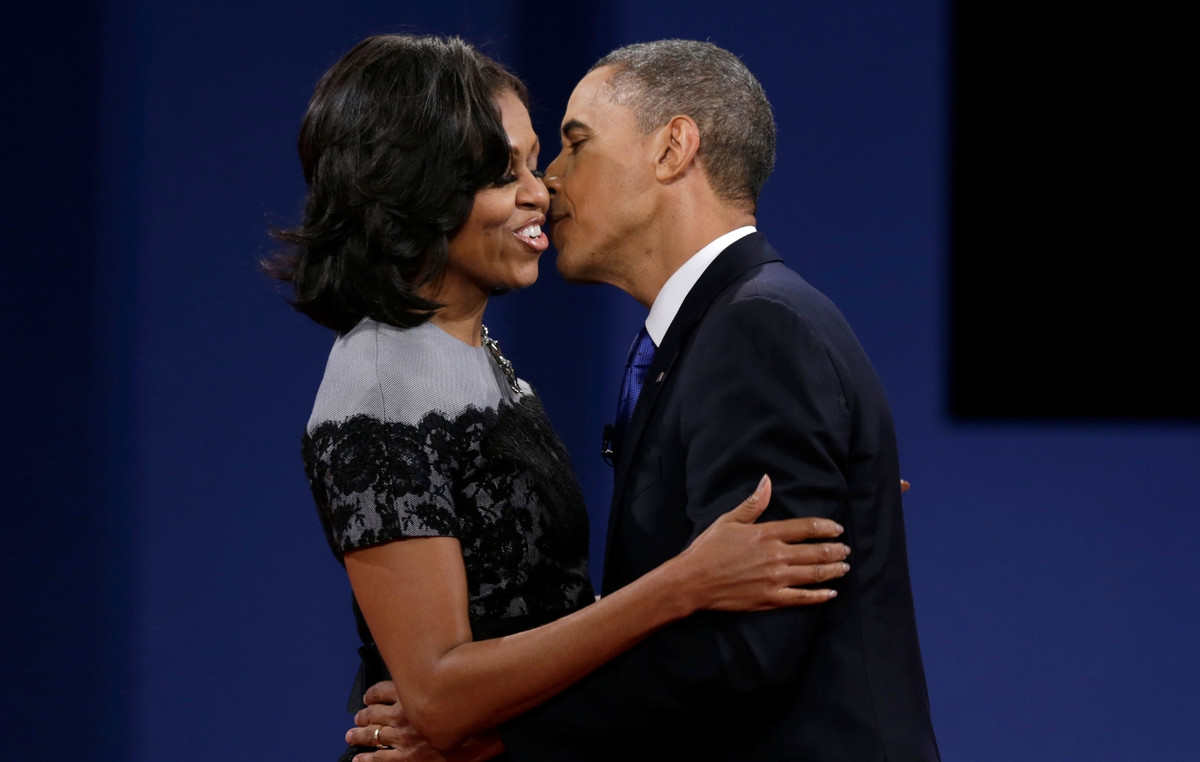Europe may be closer than ever to breaking its energy dependence on Moscow, but it still cannot live without a type of Russian natural gas.
While Russian exports of coal, oil and natural gas transported by pipeline to Europe have dropped sharply since Moscow’s invasion of Ukraine in late February, imports of Russian LNG – a liquid, ice-cold form of gas that can be transported by ships -tank – increased.
Russian liquefied natural gas (LNG) imports to Europe and the UK rose by nearly 20% between March and October this year compared to the same period in 2021, according to consultancy Rystad Energy.
European imports of Russian LNG began accelerating last fall as countries faced gas shortages. Russian imports doubled in the year to September to 1.2 million tonnes, Rystad data show.
These remittances can be valued at between $1 billion and $2 billion, analysts told CNN Business 🇧🇷
Europe raced to replenish its inventories this year ahead of winter as Russia drastically cut its pipeline gas flows, including halting all shipments through the vital Nord Stream 1 pipeline in September. Global LNG supplies, including – ironically – those from Russia, have proven to be a vital alternative.
Russia, the world’s fourth-largest LNG producer, currently accounts for around 15% of Europe’s total LNG supply, a share that Kaushal Ramesh, senior gas and LNG analyst at Rystad, believes will remain the same over the next year.
“Europe wants to keep these volumes as long as possible,” he said.
But as with Russia’s pipeline gas, Europe’s appetite for its LNG could leave it vulnerable to sudden supply cuts by Moscow. The surge in imports also conflicts with the bloc’s ultimate ambition to cut ties with Russian energy entirely and cut funding for the Kremlin’s war effort.
European sanctions have not yet reached any form of natural gas due to its importance for the energy security of some countries. This includes Germany, the bloc’s biggest economy.
“The EU needs LNG,” Anne-Sophie Corbeau, a global researcher at the Center for Global Energy Policy (CGEP), told CNN Business 🇧🇷
“So it is convenient for them to turn a blind eye to LNG [russo]while Russia continues to enjoy [das] revenues…
Still trusting Russia
Most of September’s imports went to France, Spain and Belgium, Ramesh said, although some of those cargoes were reloaded and shipped to countries outside Europe, including China.
So far this year, global LNG imports to Europe have increased by 47% to reach 86 million tonnes, with the large volume shipped from the United States and Qatar, according to Rystad data.
EU countries’ resupply efforts have been a resounding success. Storage tiers are at 95% of their capacity across the block, data from Gas Infrastructure Europe shows. That’s way above the 88% block average over the past five years at this point in the year.
In fact, inventories are so full that dozens of ships laden with LNG have been waiting in European ports in recent weeks, unable to find space to unload their cargoes.
But a bigger challenge could arise in the spring, when Europe tries to restock its stores with a much-dwindled supply of Russian pipeline gas. Flows to Europe are just 20% of their pre-war levels, according to research firm Wood Mackenzie.
The International Energy Agency (IEA) said in a report last week that the bloc faces a potential shortfall of 30 billion cubic meters of gas next summer if Russia halts all remaining pipeline flows and if Chinese demand for LNG increase.
That would equate to nearly half the gas needed to fill winter inventories at the same levels as this year, the agency said.
“With recent mild weather and lower gas prices, there is a danger of complacency creeping into the conversation about Europe’s gas supply, but we are not out of the woods yet,” Fatih Birol, IEA Executive Director, said in the report. . 🇧🇷
The region will need all the LNG it can get to make up for a potential shortfall, including Russian cargo, says Felix Booth, head of LNG at data company Vortexa.
“I expect Russian LNG will continue to play an important role in filling European storage until winter 2023,” he told CNN Business 🇧🇷
This puts the continent in a vulnerable spot if Russia decides to arm its LNG exports.
Moscow may decide to pressure Novatek to demand payment in rubles — as state-owned Gazprom did for its pipeline gas — or sell to some countries at lower prices to win political favor, Corbeau said at CGEP.
Others think Europe could deal with this scenario by increasing imports from Qatar.
“You would see the market reacting to this dynamic, but [o impacto] may remain limited,” said Massimo Di Odoardo, Wood Mackenzie’s vice president of gas and LNG research.
Unlikely gas sanctions
It is unclear how much revenue Russia is making from its LNG sales in Europe, but it is almost certainly much less than the amount it normally earns from its pipeline gas exports.
An increase in European LNG imports from Russia – which Wood Mackenzie expects to reach 15 billion cubic meters for the full year – cannot offset an expected 100 billion cubic meter drop in Russian pipeline gas imports over the same period.
And unlike Gazprom’s pipeline exports, Novatek’s LNG sales do not include export tariffs that are directly funneled back to the Russian state, Di Odoardo said.
The complex ownership structure of the Yamal LNG project would also make it difficult to sanction its exports.
While Novatek owns just over half of the project, France’s TotalEnergies owns a 20% stake, with two Chinese energy and investment companies sharing the remainder.
🇧🇷[A Europa] prefers to get what they can in terms of Russian pipeline gas and Russian LNG… it would take a long time before thinking about sanctioning Russian gas or LNG,” Ramesh said.
— James Frater and Alex Hardie contributed reporting.
Source: CNN Brasil
Joe Jameson, a technology journalist with over 2 years of experience, writes for top online news websites. Specializing in the field of technology, Joe provides insights into the latest advancements in the industry. Currently, he contributes to covering the world stock market.







